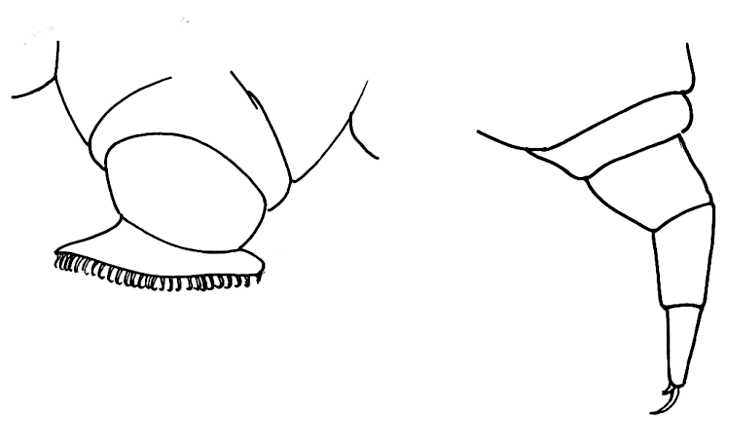The next project we were given
was to produce two characters that work in a dichotomy with one another. The
basic work we needed to do for this project involves collecting research to
help produce a foundation to build upon and influence the designing stage. We
are to concept both characters, evolving the design through its surface detail
and colour schemes. We then need to model one of the two characters and
producing orthographic view for the modelling stage. If we had enough time we
could also implement stretch goals. Examples of this include rigging the
character, modelling both of the characters, and animating the rig.
In our seminar we looked at
interesting words which could be used as a foundation to build upon our designs
and we were asked to produce a list of them. When we chose the words we liked
we produced a Venn diagram which outlined the differences and similarities
between these two elements.


During this seminar we were shown
how to produce characters from primitive shapes. I personally struggle with
creating characters from scratch using this technique. I feel it’s helpful when
you have an idea of the character you want to create but want to experiment
with.
The two words I settled on was Wabi-sabi
and Kintsugi, two Japanese design philosophies which oppose one another yet
tied together. I was introduced to Kintsugi after I was speaking to a friend
about wabi-sabi, she noticed the similarity between the latter and the former
when I was telling her about it. Wabi-sabi is a philosophy about living in a
way where you embrace the imperfections, natural growth and decay of life.
Kintsugi is about breakage repair becoming part of history rather than
something to disguise. It’s also a technique where gold, silver or platinum is
used to fix broken pottery. Each of these philosophies are about embracing the
negative and seeing them as positives.
Using the Venn diagram to
visually show the similarities and differences between the two philosophies. I
also was able to develop ideas which could affect the visual side of creating a
dichotomy. Wabi-sabi felt nature influenced due to the usage of terminology,
whereas Kintsugi was a mechanical influence due to it being a hobby about
repairing.
My characters
This character would heavily
depict decay throughout her design, with plant life relating to death lifted
over her body. Plant life such as mould. The character’s facial structure would
bare heavy resemblance to a skull. The spinal-cord would have flowers and plant
life blooming out of it to highlight the importance of this element in the
human body.
The mechanical character was
going to be based upon mining equipment to reinforce the settler role.
 |
| Wall-E 0.5 Also at the time of making this character, I saw Wall-E's character and not the film, so I had no clue about Wall-E also being a mining robot. |
Presenting My Two Characters
Reception of the two characters
were mixed. The most important influence on the direction of the project was to
be told to redo the characters. These two characters were created from a
written foundation, I was recommended to produce characters from a visual
foundation. The difference between a written and visual foundation is that you
box yourself in with the former. You have words to base your design on which
can make your choices fairly limited for the character. With a visual
foundation you can base your character of the silhouette meaning you are only
boxed in by the most defining forms.
The nature character received
positive reception, being told that I should save it for my portfolio and work
on it at a later date. The mechanical character received mostly neutral
reception being told that looks too much like Wall-E, as I later found out was
a mining robot. The two characters were also depicted in different medias, with
the nature character being done in traditional media, pen and pencil crayon,
whereas the mechanical character was designed photo shop, which didn’t have the
depiction of the dichotomy. I was also told that the two characters didn’t
their resemblance to one another enough. I felt but linking the two character
on a written foundation would pose the dichotomy through their actions. I was
thinking to rationally I was not allowing myself to have fun which would have
produced a much more interesting dichotomy.
It was recommended to me just to
scribble on a page and try to produce silhouettes from them. And so my short
term destiny was revealed to me.






























